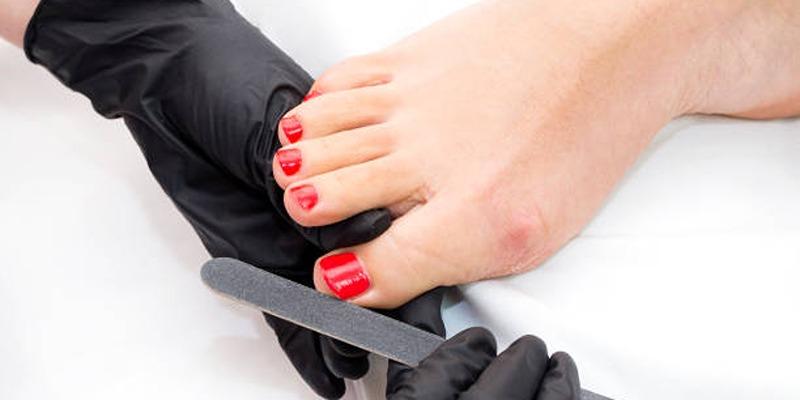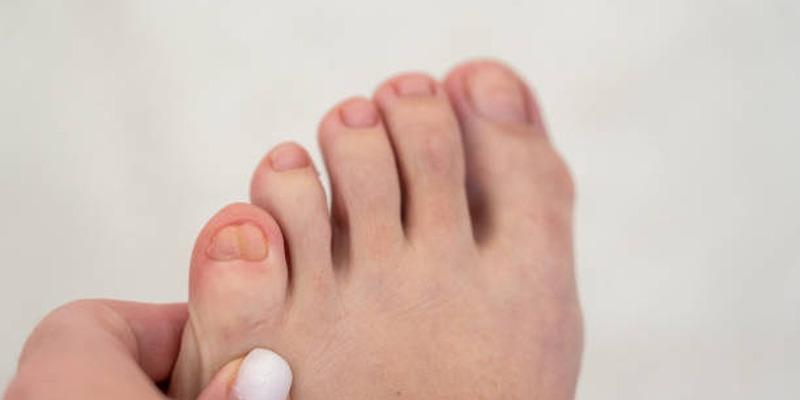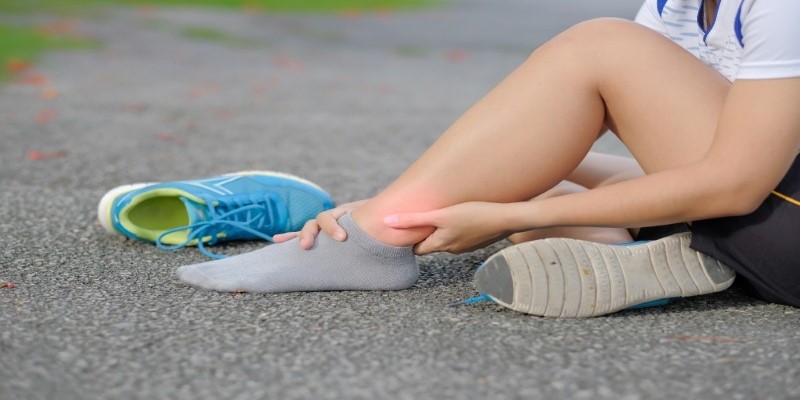Effective Home Remedies for Ingrown Toenails
Mar 05, 2024 By Madison Evans
In the array of discomforts we can experience, few things are as unexpectedly irritating as the pesky ingrown toenail. You know the horror that sharp, stabbing sensation when your nail seems to be out for blood? It's a common and unpleasant condition that can really cramp your style (or limp your gait) when it flares up. But before you rush to the podiatrist, there are several home remedies and preventive measures that could help you sidestep a trip to the clinic.
This comprehensive guide will empower you with the knowledge to tackle your ingrown toenail at home unless it's really serious, of course. We'll also discuss when you might want to seek professional help, and how to prevent ingrown toenails from happening in the future. With a bit of know-how, you might be able to beat this bugging condition without setting foot outside of your own home. But first, a little background on what exactly we're dealing with.
Identifying an Ingrown Toenail:

Not every ache in the toe is an ingrown toenail, but there are telltale signs that should raise the red flag. Here's what to look out for:
The Telltale Signs and Symptoms
- Persistent pain
- Redness
- Swelling
- Sensitivity to touch
- A warm feeling in the toe
- Pus or drainage around the nail
If you're experiencing one or more of these symptoms, it's time to get to work on solving your ingrown toenail problem.
What Causes These Nasty Nails?
The most common culprits are improper nail trimming, tight shoes that crowd the toe, and trauma to the nail all things you might not even realize you're doing until it's too late. Genetics can also play a role, as can certain foot shapes and bacterial infections.
Home Remedies for Ingrown Toenails:
Some ingrown toenails might resolve themselves with basic home care. Here are several ways you can treat the issue from the comfort of your own home:
Give Your Toes a Warm Bath
Start by soaking your foot in warm water for 15-20 minutes. This can help relieve pain and reduce swelling. You can do this several times a day, making sure to dry your foot thoroughly afterward to prevent bacteria from proliferating in the moist environment.
Trim Your Nails the Right Way
How you trim your toenails can make all the difference in preventing ingrown toenails or making them worse. Here are the basics:
- Trim your nails straight across, not at an angle or rounded at the sides.
- Don't cut your nails too short try to keep a little bit of white showing above the skin.
- If the edges of your nail are sharp after trimming, file them down to smooth them.
Apply an Antibiotic Ointment or Cream
To prevent infection, apply a topical antibiotic to the affected area after each foot bath. This will keep things clean and speed up the healing process.
Use a Piece of Waxed Dental Floss to Lift Your Nail
This method is known as the "dental floss trick". After a foot soak, gently slide a small piece of waxed floss under the edge of the ingrown nail. Leave it there for as long as comfortably possible. Not only can this relieve pressure, but it can also encourage the nail to grow above the skin as it heals.
Manage the Pain
Over-the-counter painkillers like acetaminophen or ibuprofen can help with the discomfort. Always follow the dosing instructions and be aware of any possible interactions with other medications you may be taking. These at-home remedies can often resolve the issue, but persistent or severe pain, swelling, or infection may require professional intervention.
Preventions:
Of course, the best approach is to prevent ingrown toenails before they have a chance to start. Here's how:
- Wear the Right Shoes: Make sure your shoes fit properly and give your toes enough room. Avoid shoes that are too tight or too narrow in the toe box, as these can compress the toes and encourage ingrown toenails.
- Practice Good Nail Hygiene: It might seem obvious, but keeping your nails clean and properly trimmed can ward off ingrown toenails. Remember to cut them straight across and not too short.
- Mind Your Toes: Keep an eye on your feet, especially if you're prone to ingrown toenails. Early intervention with the above home remedies can prevent the nail from becoming fully ingrown and potentially infected.
When to Seek Professional Help?

Sometimes, a DIY approach just won't cut it. Here are some indications that it's time to consult a healthcare professional:
- Your Symptoms Persist Beyond a Couple of Weeks: If the pain and tenderness aren't getting better after a few weeks of home treatment, it's time to seek expert advice.
- You Notice Signs of Infection: Warmth, redness, swelling, and discharge could all be signs of an infection, which requires prescription-strength treatment.
- Severe Pain or Swelling: If your symptoms get dramatically worse, don't wait. Seek help.
- You Don't See any Nail Growth or Reduction in Pain: If things aren't looking better, there's probably a reason why, and it's best to have a professional diagnose the issue.
The Importance of Seeking Medical Advice:
It can be tempting to try and tough out an ingrown toenail, especially if you're not a fan of going to the doctor. However, ingrown toenails can lead to serious complications if not treated promptly and properly. In some cases, an ingrown toenail may lead to a more severe infection that can spread beyond the toe, or become a chronic issue that affects your mobility and quality of life.
What to Expect at the Podiatrist's Office?
Your podiatrist will examine the toe and may perform a minor procedure to:
- Lift the nail and place a splint under it
- Remove the edge of the nail
- Remove the affected tissue
In rare cases, a podiatrist may recommend removing a portion of the nail or the entire toenail permanently. This is reserved for the most severe and recurrent ingrown toenails and is typically done under local anesthesia in the podiatrist's office.
Conclusion:
An ingrown toenail might seem like a small problem, but it can cause significant discomfort if not taken care of properly. The good news is that for milder cases, home remedies are often sufficient to relieve pain and promote healing. By following the proper nail care and hygiene practices and recognizing the symptoms of an ingrown toenail early, you can save yourself a lot of unpleasantness. And remember, when in doubt, do not hesitate to seek professional help.

Ankle Resilience: A Comprehensive Rehab Exercise Program for Sprains

How To Get The Most Protection From Your Sunscreen

What Happens When Your Sodium Levels Drop Too Low?

Avoid Joint Strain by Learning to Jump Rope :

Effective Home Remedies for Ingrown Toenails

5 Anti-inflammatory Recipes to Help You Fight Inflammation Naturally

Growing to a Beard Faster


